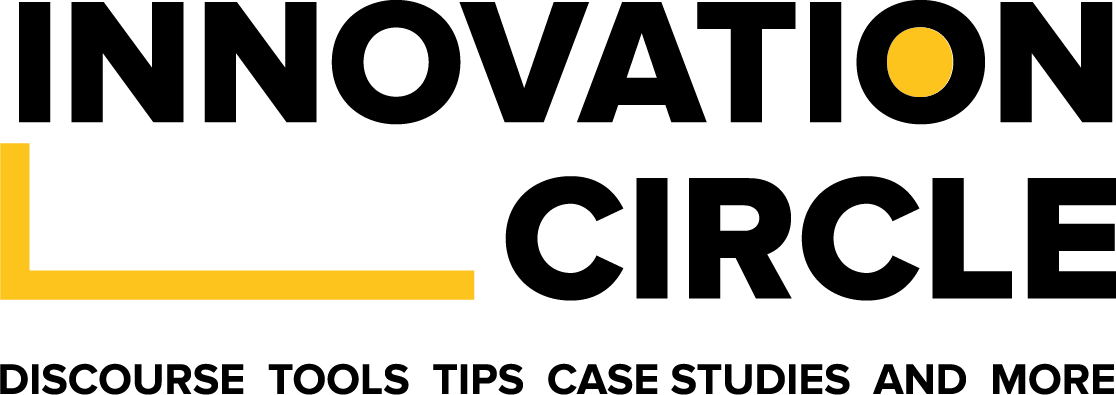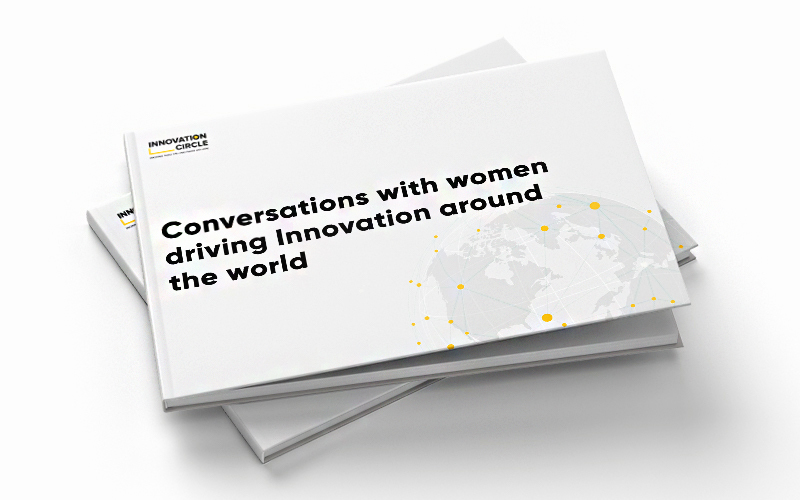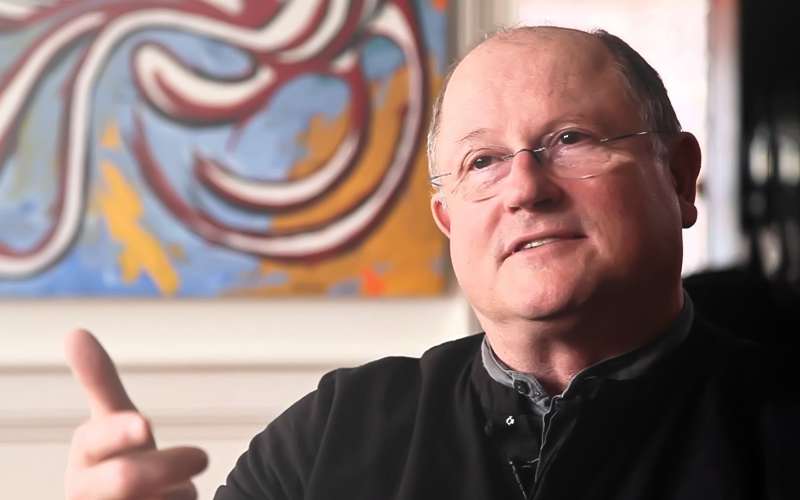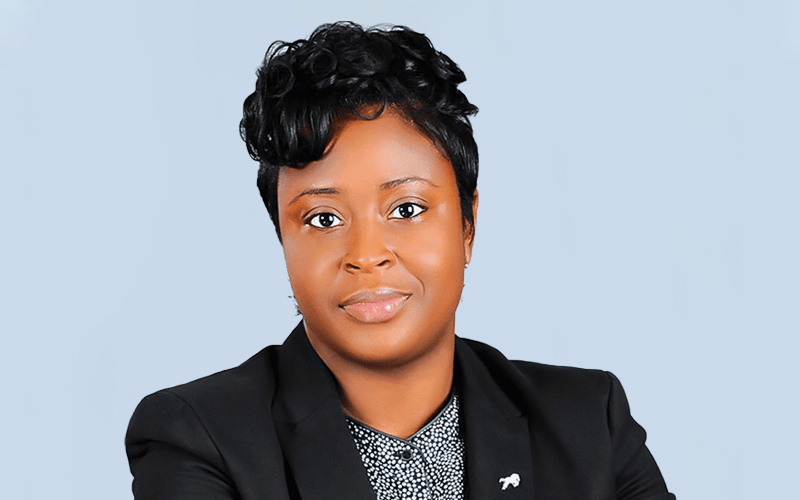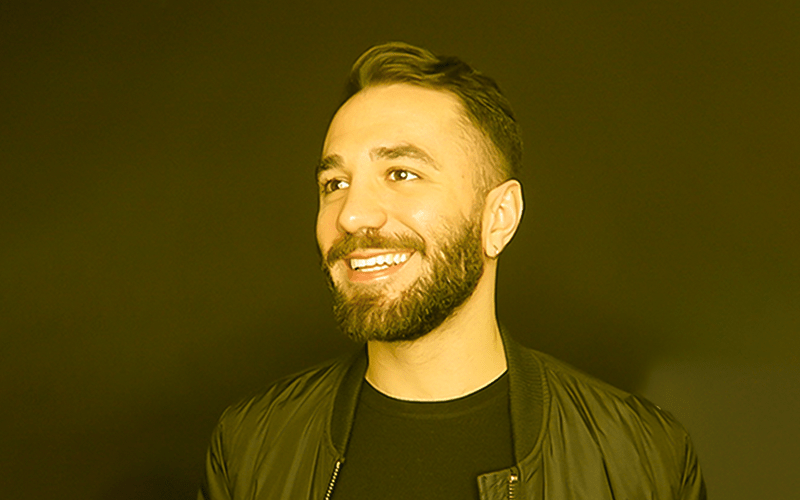
A Conversation with Tommaso Martucci, Innovation & Design Manager at Indeed Innovation
“Innovation is a result of the design process.”
All the way from Hamburg, Germany, Design and Innovation Manager Tommaso Martucci of INDEED Innovation speaks on how design brings about innovation, and shares how he and his team design successful products.
Tell us a little bit about your journey to this current position as Innovation and Design Manager at Indeed-Innovation. What led you onto this path of design and innovation?
I’m a designer by training, even though I’ve experienced it in all its forms. I’ve got a bachelor’s in Industrial Design, then a Diploma in Landscape Design, a first Master in Service Design and a second Master in Business Design. It would get even more complex to mention all my working experiences. But the long story short is that they are all very different. During these 10 years, I lived/worked in multiple cities and countries. And when INDEED proposed [for] me to come back to Europe, [it] seemed [like] a very interesting challenge to me, and a month after their call, I was in Hamburg.
What are your thoughts on innovation as it is currently approached around the world?
Innovation is a big word, it comes along with evolution, so it’s part of our natural process as humans, we evolve naturally. The current approach, from the perspective of a designer, is related to the general understanding of the design process. Meaning: innovation as a result of the design process.
And it’s a great time for designers. Some words like “Design Thinking” and “Human-centered” have been spread all around, and the more they become “buzzwords” the more they function as important tools of communication, so as to reach a broader user target.
“And it’s a great time for designers.”
What are your key responsibilities as an Innovation and Design Manager?
The most beautiful aspect of my job is to keep moving between tasks of a doer and a thinker. This approach enables me to connect the dots between the daily job of the designers and the value that clients perceive for them.
Mostly, my effort is to make my clients aware of their full capabilities, which often means turning their requests to us into a structured briefing, to aim for higher purposes. Nowadays designers must share the same perspective of their clients, it’s important to go out of the “design bubble”, that’s the only way of effective consulting.
“The most beautiful aspect of [design] is to keep moving between tasks of a doer and a thinker. This approach enables me to connect the dots between the daily job of the designers and the value that clients perceive.”
How would you define innovation based on your experience?
Back in the day, when working on projects for innovation, it was easy to read articles about the world in the next 50 years. Nowadays, when defining a roadmap for an innovation project, the most common horizons move between 1-3 years, 3-5 years or 5-7 years, in some rare cases it goes up to 10-15 years. But in any industry, we are all conscious about the speed of transformation which prevents us to foresee a future which is too far away. Antoine Lavoisier wrote, “Nothing is created, everything is transformed”. Thus innovation could be any transformation that changes our lives for better, not in a hugely impactful way, but in the small daily things. Regarding the nature of innovation, for sure we notice a shift of focus, from technology-driven to technology as a tool to support people.
“…innovation could be any transformation that changes our lives for better, not [only] in a hugely impactful way, but in the small daily things. Regarding the nature of innovation, for sure we notice a shift of focus, from technology-driven to technology as a tool to support people.”
How do you handle factors that hinder innovation within your organization?
By definition, Design Thinking is a “creative problem solving” process, which implies the presence of a problem. Thus it’s important to change perspective, to see the problems as opportunities, not as obstacles. Every unfilled gap is an opportunity to do better.
Does your team run ideation sessions, problem-solving sessions and the like? If so, can you shed light on some of your processes?
We tend to do what we preach for our clients, so we are based on multi-disciplinary teams that adapt their knowledge from case to case. Luckily there is no recipe for good results, otherwise, it would be boring. We love to host clients at our office to involve them in every activity, it helps us to discover the little details behind the briefs, and it helps them to understand what we do before handing anything over to them.
Which companies do you admire most for their approach to innovation? Can you share what caught your attention about their approach to innovation?
I believe that companies are made by individuals, there are leaders and there are teams. I pursue many great minds related to the design world and [those unrelated]. I feel that they are those who make a difference. I tend to admire and respect those who can deliver great thoughts and results over the promotion of brands. To name all of those great individuals it would be a long list, but if you follow my daily posts on Linkedin with the hashtag #timeforreading, you’ll read about many of them.
“ I tend to admire and respect those who can deliver great thoughts and results over the promotion of brands.”
What advice would you give to professionals looking to improve their career in innovation management, strategy or innovation leadership?
Do what you love. And if you don’t know what it is, keep searching, keep experimenting, keep trying. Once you find it, share it, and fall in love also with something else. If it’s really hard to find something, then look for someone, a visionary, someone who inspires and motivates you, someone who moves you with words. And follow that leader.
What #innovationmoment are you most proud of in your role as an Innovation and Design Manager for Indeed-Innovation?
I’m proud of all projects, but in particular of those cases when we developed entire ecosystems. More in detail, to convince and guide our clients in scaling up, so in moving from the development of a single product to the entire ecosystem made of multiple touchpoint, such as physical products with services and digital products. Some of those projects are ongoing, but some others have already their first touchpoint displayed on our website.
#innovationmoment
“…moving from the development of a single product to the entire ecosystem made of multiple touchpoint, such as physical products with services and digital products.”
